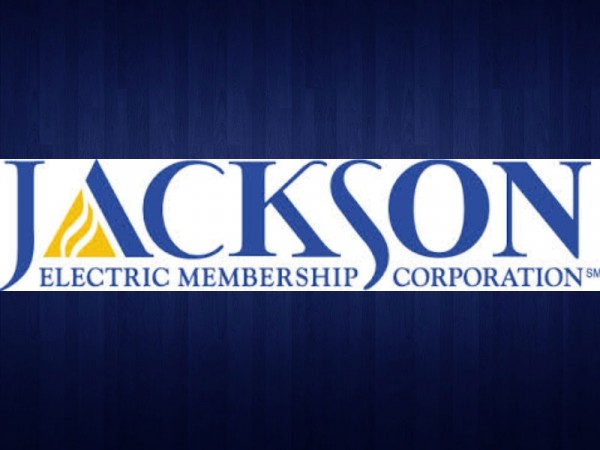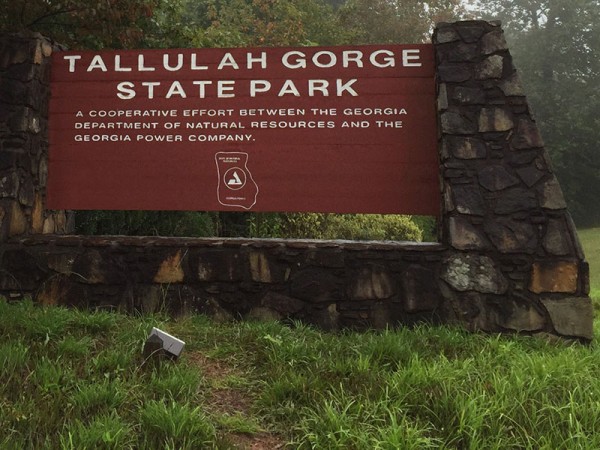WASHINGTON (AP) -- U.S. bank earnings and home prices are up by their biggest margins in half-a-dozen years.
Banks earned more from July through September than in any other quarter over the past six years. The increase is further evidence that the industry is strengthening four years after the 2008 financial crisis.
The Federal Deposit Insurance Corp. said Tuesday that the banking industry earned $37.6 billion in the third quarter, up 6.6 percent from $35.3 billion in the third quarter of 2011.
About 57 percent of the banks reported improved earnings, which allowed them to set aside less for losses on loans. And the number of troubled banks fell to the lowest level in three years.
For the second straight quarter, loans to consumers increased in most categories, including home mortgages and auto loans. That suggests banks are becoming less cautious, which could help the broader economy. More lending leads to more consumer spending, which drives roughly 70 percent of economic activity.
"This was another quarter of gradual but steady recovery," FDIC Chairman Martin Gruenberg said. "Overall the news is encouraging, but continuing downside economic risks remain."
Gruenberg said banks are worried about what will happen with the "fiscal cliff." That's the name for automatic tax increases and spending cuts that will kick in next month unless President Barack Obama and congressional lawmakers reach a deal by then to avert them
Gruenberg also noted that banks' revenue increased 3 percent in the third quarter from the same quarter a year ago, after showing sluggish growth in previous quarters. A large part of the increase came from sales of loans to other institutions. That shows continued weakness in other sources of revenue, Gruenberg said.
Banks with assets exceeding $10 billion drove the bulk of the earnings growth in the July-September period. While they make up just 1.5 percent of U.S. banks, they accounted for about 82 percent of the earnings.
Those banks include Bank of America Corp., Citigroup Inc., JPMorgan and Wells Fargo & Co. Most of them have recovered with help from federal bailout money and record-low borrowing rates.
The number of banks on the FDIC's confidential "problem" list fell in the third quarter to 694, or around 9.6 percent of all federally insured banks. That compares with 732 troubled banks in the second quarter.
So far this year, 50 banks have failed. That's far below the 92 banks that shuttered last year and the 157 that closed in 2010 - the most for one year since the height of the savings and loan crisis in 1992.
In the third quarter, the decline in bank failures allowed the insurance fund to strengthen. The fund turned from deficit to positive in the second quarter of 2011 and had a $25.2 billion balance as of Sept. 30, according to the FDIC. That compares with $22.7 billion at the end of June.
The FDIC is backed by the government, and its deposits are guaranteed up to $250,000 per account. Apart from its deposit insurance fund, the agency also has tens of billions in loss reserves.
HOME PRICES
A measure of U.S. home prices rose 6.3 percent in October compared with a year ago, the largest yearly gain since July 2006. The jump adds to signs of a comeback in the once-battered housing market.
Core Logic also said Tuesday that prices declined 0.2 percent in October from September, the second drop after six straight monthly increases. The monthly figures are not seasonally adjusted. The real estate data provider says the decline reflects the end of the summer home-buying season.
Steady price increases are helping fuel a housing recovery. They encourage more homeowners to sell their homes. And they entice would-be buyers to purchase homes before prices rise further.
Home values are rising in more states and cities, according to the report. Prices increased in 45 states in October, up from 43 the previous month. The biggest increases were in Arizona, where prices rose 21.3 percent, and in Hawaii, where they were up 13.2 percent.
The five states where prices declined were: Illinois, Delaware, Rhode Island, New Jersey, and Alabama.
In 100 large metro areas, only 17 reported price declines. That's an improvement September, when 21 reported declines.
Mortgage rates are near record lows, while rents in many cities are rising. That makes home buying more affordable, pushing up demand.
And more people are looking to buy or rent a home after living with relatives or friends during and immediately after the Great Recession.
At the same time, the number of available homes is at the lowest level in 10 years, according to the National Association of Realtors. The combination of low inventory and rising demand pushes up prices.
Last week, an index measuring the number of Americans who signed contracts to buy homes in October jumped to the highest level in almost six years. That suggests sales of previously occupied homes will rise in the coming months.
Builders, meanwhile, are more optimistic that the recovery will endure. A measure of their confidence rose to the highest level in six and a half years last month. And builders broke ground on new homes and apartments at the fastest pace in more than four years in October.
Saturday
May 4th, 2024
3:56PM

















